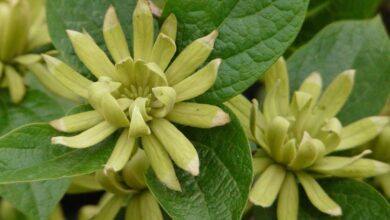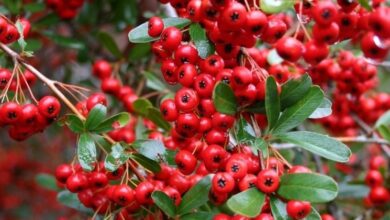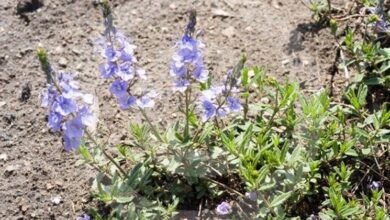Elder (Dorycnium rectum)

Plants are among the most abundant living things on the planet. Some are common, others rare and exotic, but the more their uses are studied, the more the incredible benefits and properties that plants bring to human life are discovered.
Modern botany and pharmaceuticals owe much to all plant species. People commonly use them as food and home remedies. One of the plants that are common in the Iberian region and have excellent properties is the Unciana, being very useful for infections, fungi and animal care.
Origin

Unciana is a herb native to the Mediterranean area whose scientific name is Dorycnium rectum. Other names by which this plant is also known are yerba palo, odorless royal clover, king’s crosses, junciana carretón bravo and emborrachacabras.
Unciana is an herb of the legumes Fabaceae, that is, where the seeds are attached to the plant.
Of course and as most of these plants are perennial, they can live for more than two years. These types of herbs are also called vivacious. Dorycnium plants have more than 70 species among which only twelve are recognized, one of them being Dorycnium rectum.
Characteristics of the Unciana
This plant can reach between 40 and 160 centimeters in height, the stems are straight or erect and woody at the base and the leaves are green, almost always glabrescent, that is, covered with hairs. They are also odd-pinnate with the shape of leaflets that are oval from twelve to twenty millimeters.
The stems are straight ascending with numerous branches and it blooms between May and July with flowers that have a foliose bract, the corolla being white-pink, with a cylindrical fruit with a smooth texture and a purple-brown color.
It has about seven or nine seeds. The grains are 1.2 millimeters long, oval in shape and brown with dark brown spots.
Cultivation and care
Like any wild plant, the Unciana requires little care, since it usually appears in humid environments such as grasslands, meadows and the banks of rivers. To sow it, neither great hydration nor much sun is required. The type of soil is not decisive either, although it is worth fertilizing it once a year and using fertilizer every two or three months.
The pollination of this plant is entomophilous, being between July and August when the optimal seed collections are made. If it is to be reproduced in a nursery, it should be done with treatment in the spring time
It can also be sown with a stake, choosing the semi-woody ones in the apical zone. It must be treated with hormones and protected from the low temperatures of the spring night.
Properties and uses

The Dorycnium rectum has different properties among which its antiseptic, digestive and antifungal qualities.
For these reasons they are used to treat digestive stomach problems, ulcers and pain in general and prevent wounds from becoming infected, being highly healing. Eliminates different types of fungi with high effectiveness.
Many pet owners use it to treat skin problems in their dogs caused by various reasons. This herb is not toxic.
The Dorycnium rectum or Unciana occur in several Mediterranean countries and in much smaller quantity in North Africa, being widely used by popular culture to cure different conditions.
This plant has the great advantage of not representing risks in its use. However, it is very important to inquire with your doctor when using doses of preparations with plants since you must always know the causes of different health problems.
There are many species of Dorycnium and they are sometimes confused between them, so it is important to define well the characteristics of the corresponding plant, although they are from the same herbaceous family, they may differ in some properties and uses.




